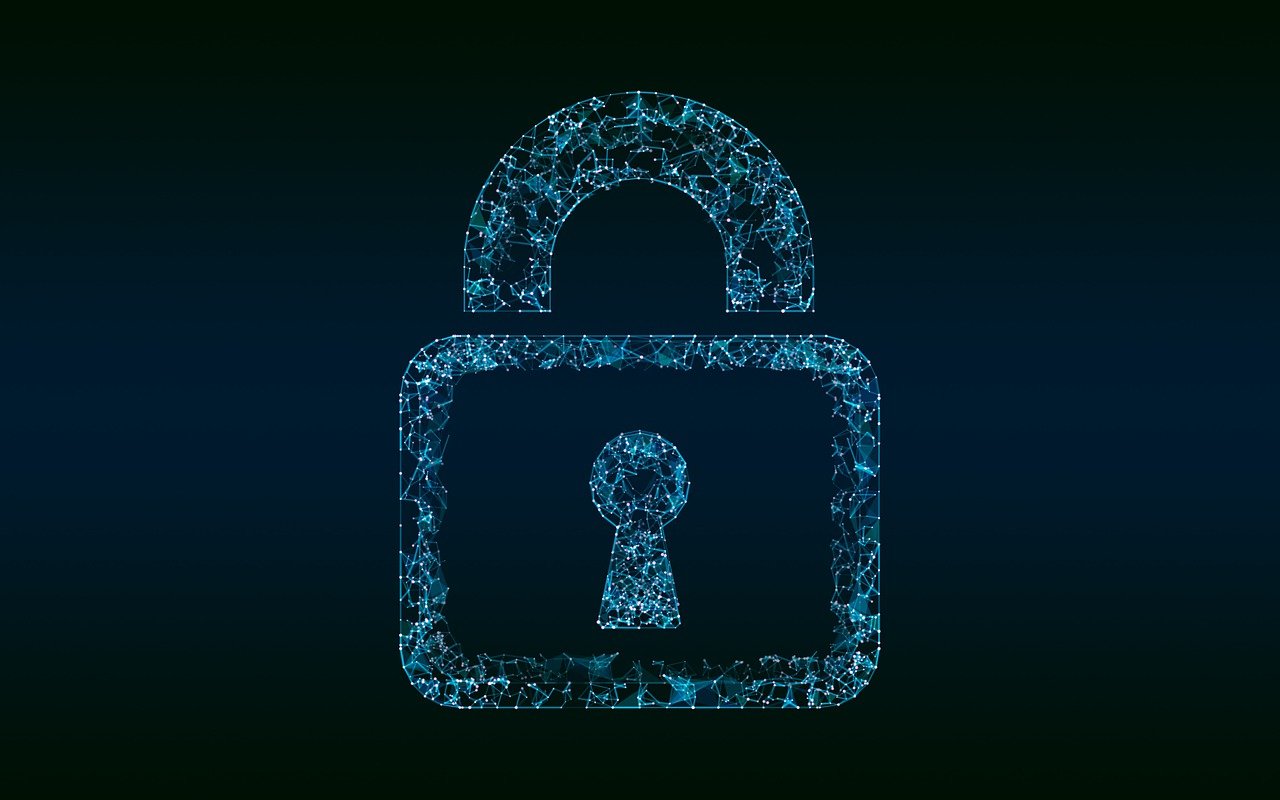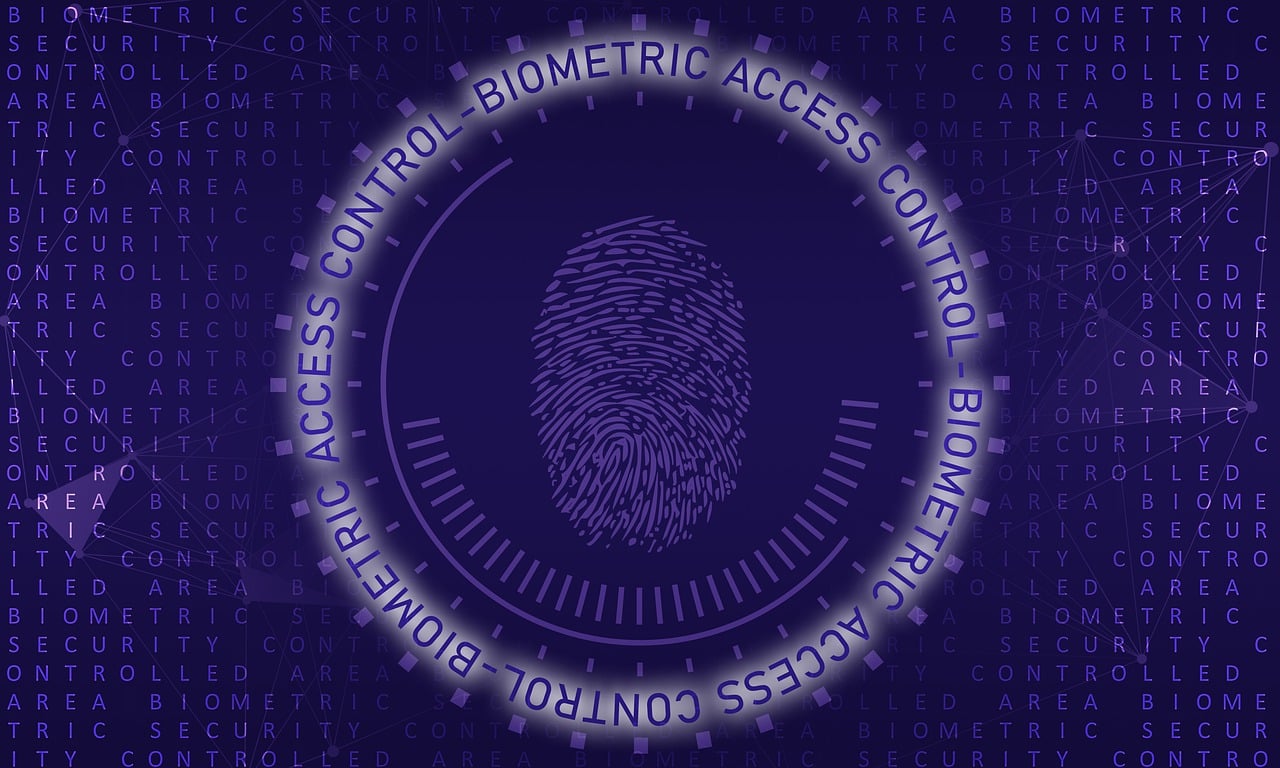In an era where digital connectivity defines business operations, the threat landscape for companies has grown exponentially. Cyberattacks are no longer limited to large enterprises; small and medium-sized businesses find themselves increasingly targeted by sophisticated hackers. The repercussions of insufficient cybersecurity measures are severe, often resulting in data breaches, financial loss, and damaged reputations. As we delve into how to shield your business from cyber security threats, it becomes clear that understanding these risks is the cornerstone of building effective defenses. Organizations need to foster a culture of cybersecurity awareness, implement robust technological safeguards, and prepare comprehensive response plans. Guided by expert insights and best practices from renowned industry leaders such as Norton, McAfee, and Cisco, this exploration offers actionable strategies to safeguard your company’s assets, data, and customer trust amid evolving cyber challenges.
Building a Strong Cybersecurity Foundation to Protect Your Business Assets
Establishing a resilient cybersecurity framework begins with understanding the core elements that expose your business to risks. Cybercriminals exploit vulnerabilities in software, hardware, and human error to infiltrate networks. For instance, outdated systems or unpatched software can act as open doors for attacks. Regularly updating software, apps, web browsers, and operating systems is not just beneficial but essential. Automating these updates helps businesses stay a step ahead of potential threats. Renowned cybersecurity solutions providers such as Kaspersky and Trend Micro emphasize the significance of this foundational practice.
Backing up data systematically ensures that your business can recover swiftly from incidents such as ransomware attacks, which have surged significantly in 2025. Having backups stored both in the cloud and on external drives disconnected from the network limits the damage in case of a breach.
Moreover, implementing strong physical security is a facet often overlooked. Keeping sensitive paper files and electronic devices in locked storage restricts unauthorized access to critical data. When sensitive information is no longer needed, securely disposing of it—whether by shredding physical documents or using software to wipe electronic data—is vital. Merely deleting files does not permanently eradicate them; data sanitization methods guarantee information cannot be recovered by malicious actors.
Passwords remain a frontline defense. Employing robust password policies is mandatory. Strong passwords, ideally passphrases of twelve or more characters combining random words, significantly enhance defense against brute-force attacks. Multi-factor authentication (MFA) adds another protective layer, requiring users to validate their identity through additional means like time-sensitive codes or hardware tokens. This approach is frequently advocated by cybersecurity leaders such as Palo Alto Networks and FireEye.
- Automate software and system updates to reduce vulnerabilities.
- Back up important files regularly and store them securely.
- Limit physical access to sensitive devices and hard copies.
- Enforce strong, unique passwords alongside multi-factor authentication.
- Train employees on security best practices and risks.
| Cybersecurity Aspect | Practical Measures | Impact on Business Security |
|---|---|---|
| Software Updates | Automate updates for OS, browsers, and apps | Minimizes exploitable vulnerabilities |
| Data Backup | Regular backups on cloud and offline storage | Ensures data recovery post-attack |
| Password Security | Use strong, unique passwords and MFA | Prevents unauthorized access |

Safeguarding Networks and Devices against Evolving Cyber Threats
Protecting your business network requires a multi-layered security strategy that starts with securing the wireless infrastructure. Changing a router’s default username and password, turning off unnecessary remote management settings, and enforcing WPA2 or WPA3 encryption protocol are fundamental steps recommended by the Small Business Administration and technology experts from Cisco and Fortinet. This encryption ensures that data transmitted over the network cannot be easily intercepted or deciphered by attackers.
Besides securing the wireless router, controlling network access is crucial. Limiting connections to devices owned or managed by the company reduces exposure to potentially vulnerable personal devices. When guest Wi-Fi is needed, setting up a separate “public” network isolates these devices from business-critical systems, minimizing risks.
Device protection involves more than passwords. Encryption of laptops, smartphones, removable drives, and backup tapes that harbor sensitive information ensures that if these devices are lost or stolen, data exposure is limited. Coupling this encryption with endpoint security solutions from firms like CrowdStrike and McAfee enables real-time threat detection and response, enhancing overall resilience.
Central to sustained protection is continuous monitoring and threat detection. Identifying unusual activities early, such as unusual login attempts or unauthorized network access, is essential to contain incidents before they escalate. Many organizations integrate security information and event management (SIEM) systems and advanced intrusion detection tools to automate this process.
- Set up WPA2/WPA3 encryption on business Wi-Fi networks.
- Restrict network access to authorized business devices only.
- Encrypt sensitive data on all devices and storage media.
- Employ endpoint security tools for continuous monitoring.
- Use segmented networks to separate guest and operational devices.
| Network Security Measure | Best Practices | Business Benefit |
|---|---|---|
| Router Configuration | Change default credentials; disable remote management | Reduces attack surface |
| Encryption | Use WPA3; encrypt device storage | Protects data confidentiality |
| Access Controls | Limit device connections; segment guest network | Prevents unauthorized access |

Creating a Cybersecurity Culture Through Employee Training and Awareness
Technical measures can only go so far without informed and vigilant employees. Cybercriminals often exploit human weaknesses, using social engineering and phishing schemes to gain access to business systems. For example, a seemingly legitimate email from a trusted supplier asking for login credentials could open the door to a network intrusion if employees do not recognize the red flags.
Building a cybersecurity-aware workforce is an ongoing process. Regular training sessions should include evolving threat updates, practical tips to identify phishing attempts, and clear protocols on how to report suspicious activities. Companies like Proofpoint and Trend Micro offer advanced training modules designed to simulate phishing attacks, reinforcing staff vigilance through experience.
Employees who work remotely or use personal devices for work demand tailored guidance, as their environments may lack enterprise-level security layers. Emphasizing secure remote access protocols, including the use of Virtual Private Networks (VPNs), strong passwords, and multi-factor authentication, is critical.
The benefits of a security-conscious culture extend beyond reducing breach likelihood; they contribute to faster detection and response, limiting the damage of incidents that do occur.
- Conduct regular cybersecurity awareness training with real-world examples.
- Simulate phishing tests to evaluate employee preparedness.
- Establish clear reporting channels for suspicious incidents.
- Incorporate secure remote access policies and training.
- Reward positive security behavior to incentivize adherence.
Implementing Incident Response and Recovery Plans for Cyber Resilience
Recognizing that no business is immune to cyberattacks, effective incident response planning is indispensable. Such plans define procedures for identifying, containing, and mitigating breaches while ensuring business continuity. The National Institute of Standards and Technology (NIST) Cybersecurity Framework recommends a cyclical approach encompassing governance, detection, response, and recovery, forming a comprehensive defense posture.
Key components of an incident response plan include designated roles and responsibilities, communication workflows, and tooling required to isolate affected systems. For instance, in the event of a ransomware attack, disconnecting infected machines without shutting them down preserves digital forensic evidence crucial for remediation.
After containment, restoring operations involves leveraging data backups and validating system integrity. Transparent communication with stakeholders—including customers and regulatory bodies—is also critical to maintain trust and comply with legal obligations.
Businesses should periodically test their incident response plans through tabletop exercises or simulations. This practice uncovers gaps and enhances readiness, improving the ability to manage real-world incidents effectively.
- Develop clear incident response protocols with assigned roles.
- Maintain up-to-date backups off-network for data restoration.
- Conduct regular drills to test and improve response plans.
- Ensure transparent communication with stakeholders post-incident.
- Review and update cybersecurity policies based on lessons learned.
| Incident Response Phase | Key Actions | Outcome for Business |
|---|---|---|
| Preparation | Develop response plans and assign roles | Enables swift, coordinated reaction |
| Detection & Analysis | Monitor and investigate security alerts | Early identification limits damage |
| Containment & Eradication | Isolate affected systems; remove threats | Stops attack spread |
| Recovery | Restore from backups; communicate updates | Resumes normal operations and regains trust |

Leveraging Cyber Insurance and Vendor Security to Mitigate Business Risks
As cyber threats escalate, many businesses turn to cyber insurance to help cushion financial impacts. Cyber insurance typically covers costs related to legal counsel, data recovery, customer notifications, and even ransomware payments, although paying ransom is generally discouraged by law enforcement. Discussing coverage options with agents helps tailor policies specific to business needs, particularly distinguishing between first-party and third-party coverages. Resources like the National Association of Insurance Commissioners provide valuable guidance on these decisions.
Vendor security is another critical component. Vendors often access sensitive company data; therefore, ensuring their security practices align with your policies is essential. Contracts should explicitly define cybersecurity expectations, including regular audits and incident reporting.
Maintaining a stringent vendor management program reduces the risk that compromised third-party systems could become vectors for attacks on your business. In case of a vendor breach, immediate action—including suspending access and notifying customers—is necessary to minimize repercussions.
- Evaluate and select cyber insurance tailored to your business risks.
- Include cybersecurity provisions in vendor contracts with clear requirements.
- Regularly audit vendors for compliance with security practices.
- Implement access controls limiting vendor data exposure.
- Develop a rapid response plan for vendor-related breaches.
Top cybersecurity tools for businesses
Hover over or tap a tool to see its description below.
Select a tool to discover its features.
What are the first steps to protect my business from cyber threats?
Start by conducting a thorough security assessment to identify vulnerabilities in your IT infrastructure. Then implement regular software updates, strong password policies with multi-factor authentication, and ensure physical security of devices. Additionally, train employees to recognize common cyber threats.
How can multi-factor authentication improve business security?
Multi-factor authentication (MFA) requires users to verify their identity through multiple methods, significantly reducing the chance of unauthorized access even if passwords are compromised. It is a vital layer in defense against password-guessing and phishing attacks.
Why is employee training critical in cybersecurity?
Many cyberattacks exploit human error through phishing or social engineering. By regularly training employees to spot such attempts and understand security best practices, businesses can greatly reduce the risk of breaches and improve incident response.
What should be included in a cyber incident response plan?
An effective plan outlines roles, communication channels, procedures for containing and mitigating attacks, steps for recovery using backups, and how to notify customers and regulators. Regular testing and updates are essential to maintain its effectiveness.
How does cyber insurance support my business after an attack?
Cyber insurance can offset financial losses resulting from data breaches, including legal fees, customer notification costs, business interruption, and even ransomware payments. Choosing the right coverage tailored to your needs is crucial for comprehensive protection.


